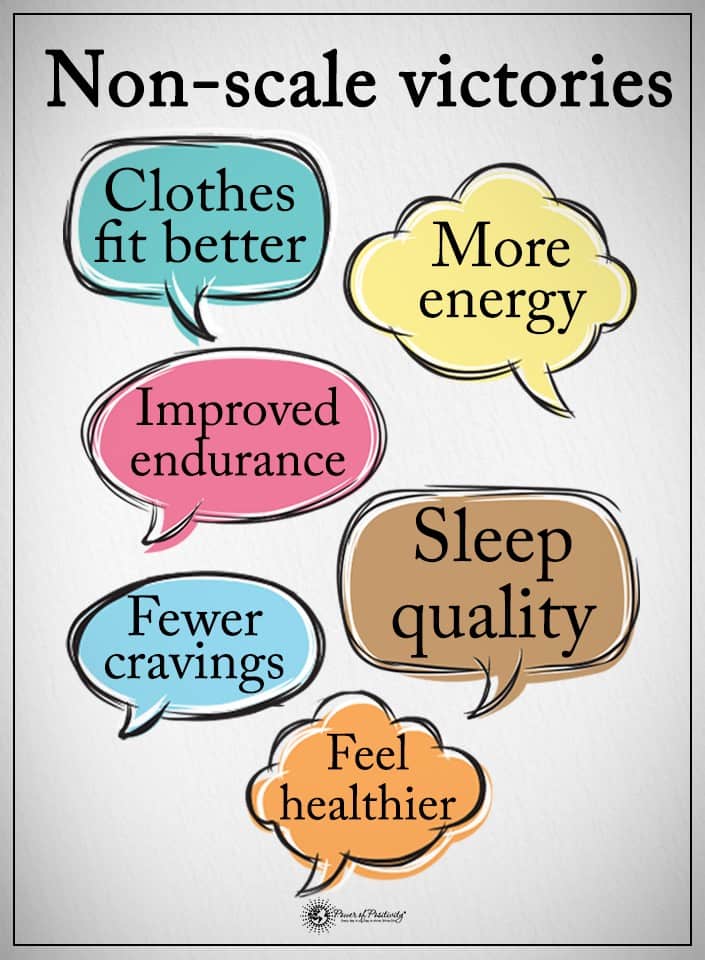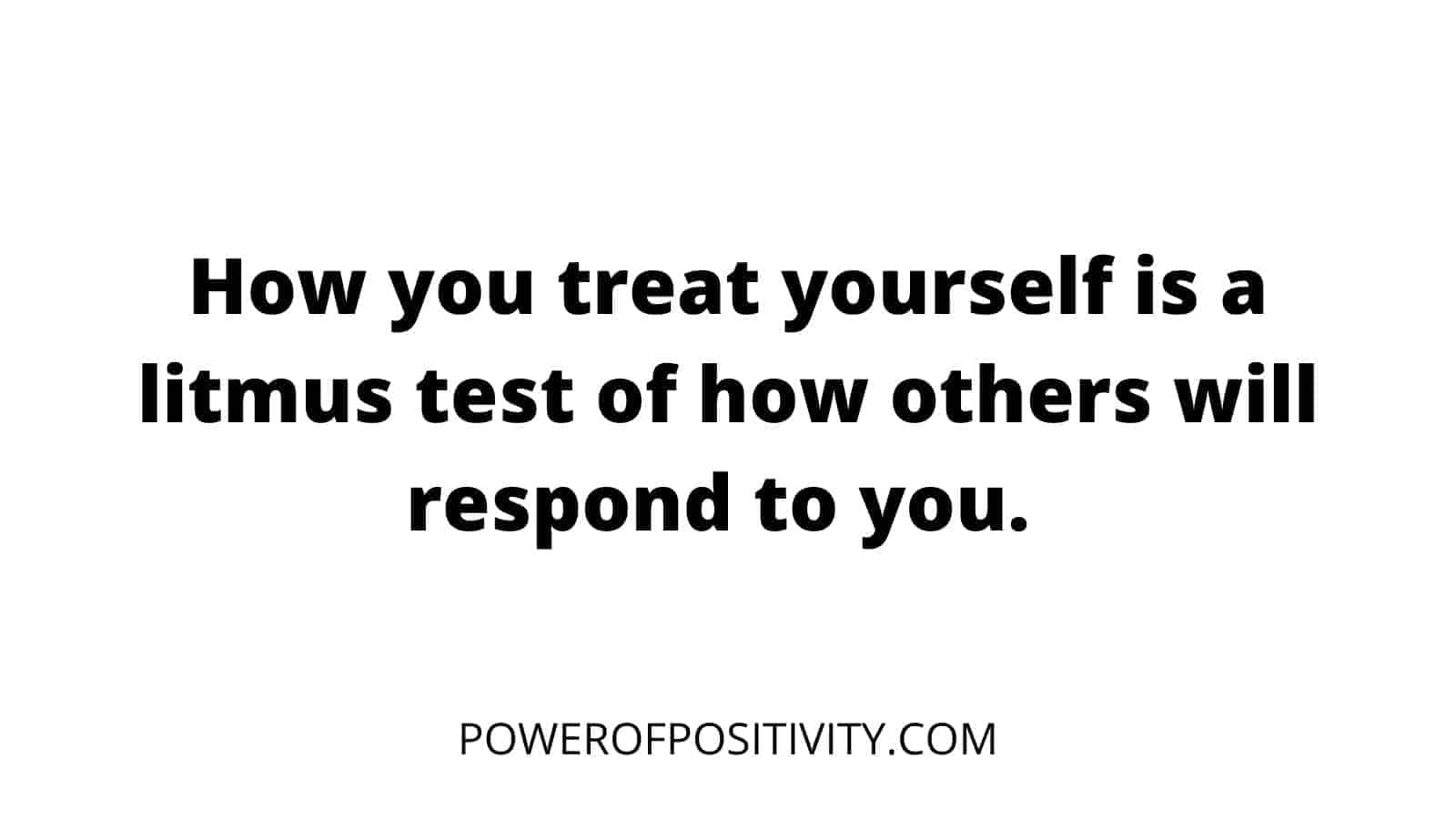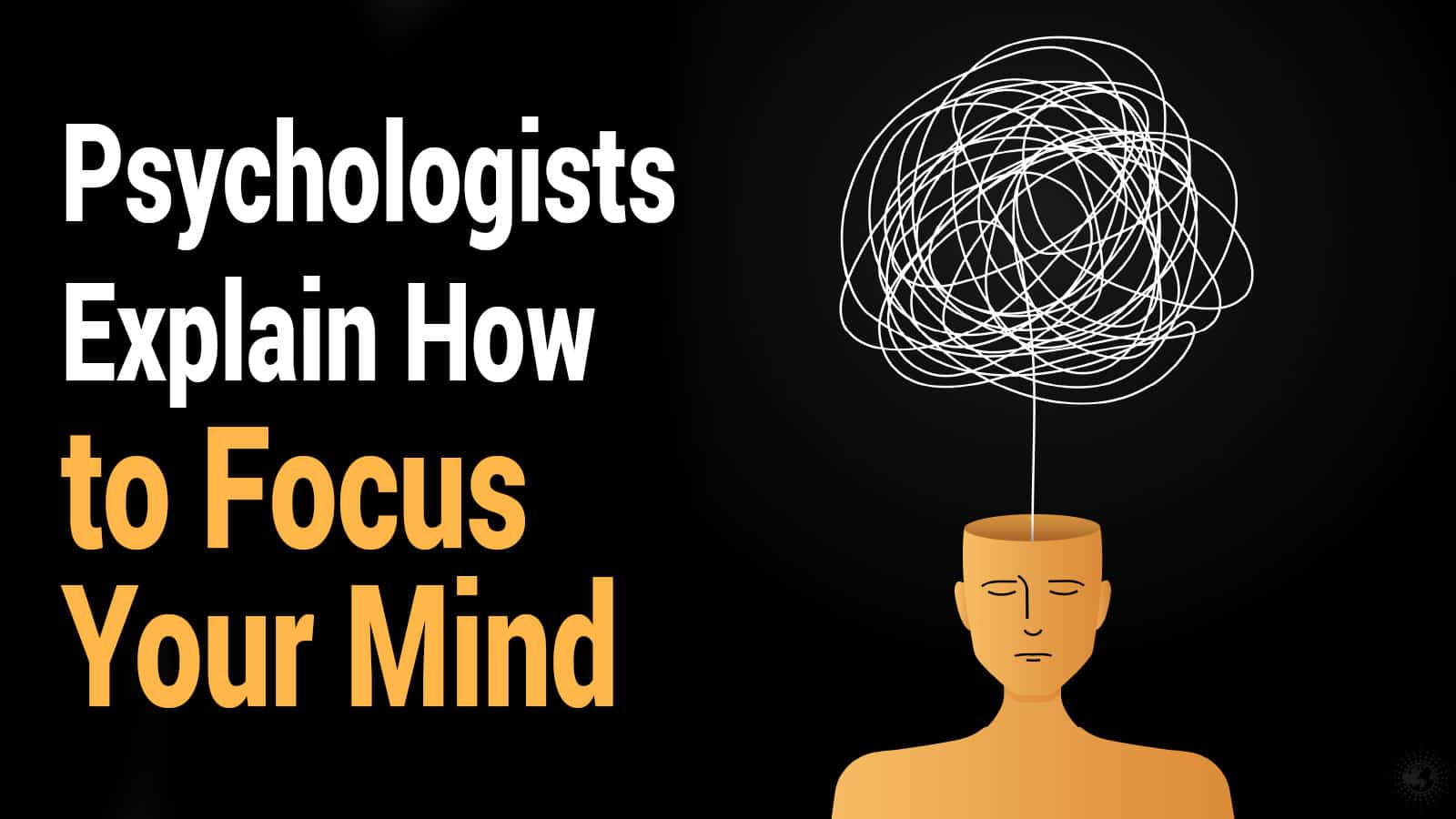Eggplant, also known as aubergine, is a purple, delicious, and versatile vegetable. You can cook them in many ways and pair them with most other foods. They are low in carbs, making them perfect for a low-carb diet.
Like a tomato, it’s skin and seeds are normally eaten but, like a potato, it is normally eaten cooked. It’s important to note that it can be eaten raw, however. It absorbs oils and flavors very well, which is what makes it such a versatile vegetable for cooking.
The benefits of eggplant include the following:
-rich in many nutrients
-low in calories
-high in antioxidants
-low in carbs
-helps reduce the risk of heart disease
-lowers and helps maintain blood sugar levels
-can help prevent and fight cancer
While this vegetable is versatile and easy to incorporate, you may need some ideas if you aren’t used to it. Luckily, there are many recipes that aubergine can be easily added to. Plus, Plus, many recipes include it in the main course of the meal.
Ways to Use Eggplant in a Low Carb Diet
1. Eggplant Parmesan Bites
There are many recipes you can find for eggplant parmesan bites, but most have the same idea and ingredients. You’ll need one sliced aubergine, salt and pepper, one egg, flour, rosemary or thyme, and shredded or grated cheese.
Oil a baking tray and sprinkle it with salt and paper. Grill or bake it at 350 degrees Fahrenheit and bake until it is browned. While you wait for them to get done, mix your herbs of choice, flour, and cheese.
When the vegetable is browned, remove it from the oven. Then, turn each slice over and add more salt and pepper, if you choose.
Next, beat the eggs and brush them over the top of the aubergine. Then, sprinkle with the herb and cheese mixture. Once everything is evenly covered, put them back in the oven until the cheese is melted.
2. Use it to Make Pizza
If you love pizza but are trying to avoid carbs, this is the perfect option. Instead of using a pizza crust, you can use this as a substitute.
You’ll bake the vegetable for a little bit before adding your sauce and toppings. Then, you’ll bake it a little longer.
There are many recipes for this, depending on your exact preference. You can sauté your toppings and sauce together before putting them on. Or, you can add them in layers like on a traditional, pizza.
3. Eggplant Lasagna
This lasagna is just like regular lasagna, just without the noodles. Eggplant lasagna is a staple in a low-carb diet because it’s filling and delicious. Plus, it gives you a large amount of aubergine, allowing you to get the full effect of the nutritional benefits.
You’ll use most of the same ingredients that you use in your favorite lasagna recipe. In most of the recipes, the only difference is that there are no noodles. The total cook time is much less than with traditional lasagna, too.
For the meat sauce, you’ll need olive oil, garlic cloves, ground beef, salt and pepper, marinara sauce, and Italian seasoning. For the vegetable portion, you’ll need eggplant, olive oil, sea salt, and pepper. Then, for the cheese filling, you’ll need ricotta cheese, grated parmesan cheese, and an egg.
4. Add Them to Your Salad
You can be creative when adding this vegetable to your salad. It would pair well with any other ingredients, and you have options on how you want to add it.
You could choose to add it fresh and chop it up. Or, you could roast it, let it cool, and chop it up to add it. Either way will be delicious, it just depends on your preference of texture.
5. Caprese Grilled Vegetable Roll-Ups
With a total cook time of 13 minutes, these roll-ups are the perfect appetizer or healthy snack. You’ll need one aubergine, four ounces of mozzarella, one large tomato, two basil leaves, and olive oil.
You will cut the ends off of the vegetable and then cut it into thin slices, longways. Then, slice the mozzarella and tomatoes into thin slices, and shred the basil leaves.
Then, warm a griddle pan. While you’re waiting for the pan to warm, brush the vegetable with olive oil. If you don’t have a brush, you can drizzle the olive oil instead, and then rub it in.
Once the griddle pan is warm, grill the vegetables on each side for a couple of minutes. When the second side is almost done cooking, add a slice of mozzarella to the thick part of the vegetable. Then, top with tomato and add another slice of mozzarella to the thin part.
Sprinkle them all with basil and then drizzle with a little more olive oil. You can add more pepper at this step if you’d like. Allow it to cook for another minute before removing it from the pan and draining any liquid that comes out.
Finally, you’ll roll the vegetable from the thinner end, where it is only cheese. Hold it together with a toothpick and serve warm or at room temperature.
6. Add it to Your Soup
This vegetable tastes delicious in any kind of soup. Since it is so versatile, it can complement any other ingredients.
Simply dice it and add it in with the rest of the ingredient. If you like it a little crunchier, add it when the soup is almost done. On the other hand, if you like it soft, add it at the beginning or towards the middle of the cooking time.
7. Make it Into a Dip
For an appetizer or a snack, you can use this vegetable to make a creamy dip. You can do this by baking an aubergine for one hour until the skin has collapsed. Let it cool and then scrape out the insides.
Then, you’ll mash the insides or use a mixer until they are mashed. Then, add the other ingredients you want in your dip. A popular mixture includes minced onion and garlic, chopped dill, lemon juice, plain Greek yogurt, olive oil, salt, and pepper.
Once all of the ingredients are combined, you’ll want to cover it and chill it overnight. Then, serve it with crackers or vegetables.
8. Grill It
There are so many options when it comes to grilling this vegetable. You can cut it and grill it to add as a topping on your burgers. Or, you could cube it and add it as a topping on a hotdog, or for a kabob.
Otherwise, you can slice it into long strips, drizzle it with olive oil, and eat it as a side dish. When you do this, you could sprinkle it with seasoning or a little cheese.
9. Stuff Eggplant
This is a delicious recipe that makes a filling, low carb meal. Aside from the vegetable, you’ll need olive oil, sea salt, pepper, parsley, cilantro, scallions, and pine nuts. You could cook ground beef or shredded chicken to fill them with, too.
Preheat your oven to 350 degrees Fahrenheit, and then slice the vegetable in half lengthwise. Score the vegetable halves diagonally, avoiding cutting through the skin. Then, drizzle with olive oil before seasoning with salt and pepper, plus a little garlic powder if you’d like.
Bake them with the cut side facing upwards for 45 minutes. While they are baking, chop the parsley and cilantro and toss it with the meat, if you are using any. Then, top the mixture with scallions, pine nuts, salt, and a little more olive oil.
When the vegetables are finished cooking, spoon the mixture on top of them. You can add more pine nuts or any other toppings if you desire.
10. Use Them to Make French Fries
Everyone needs to indulge in a tasty snack or side dish sometimes, and this helps keep it healthy. To do this, you’ll need to cut the vegetable into wedges. Then, add panko and a little salt into a large plastic Ziplock bag.
Next, which egg whites in a bowl and then dip the vegetable wedges in. Transfer the dredged wedges into the bag of panko mixture and shake them to coat.
Once they are coated, arrange the vegetables in a single, even layer on a baking sheet that has been coated. Then, bake them until they are golden brown, which will take around 20 minutes. You will want to flip them halfway through.
 Final Thoughts on Ways to Use Eggplant in a Low Carb Diet
Final Thoughts on Ways to Use Eggplant in a Low Carb Diet
As you can see, eggplant is easy to add to your low-carb diet. It is versatile, easy to cook, and can be made to fit any flavor you are looking for.
With all of the different recipes and cooking ideas, you’ll never get tired of eating it. So, embrace the nutritional benefits and stick to your low-carb diet by enjoying this vegetable as often as you can.
From meals like eggplant lasagna or eggplant parmesan to side dishes and dips, you’ll find something you love. You can make it more unique if you add a personal twist to recipes, or experiment with new recipes.






















